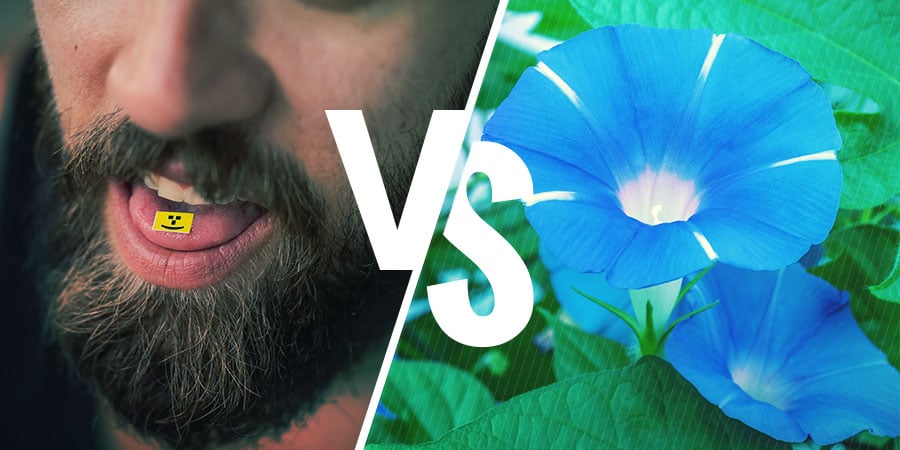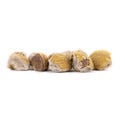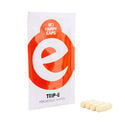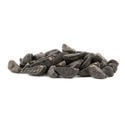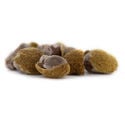-
Seed Shop
-
Feminized
Cannabis seeds -
Autoflowering
Cannabis Seeds -
Regular
Cannabis Seeds -
F1 Hybrid
Cannabis Seeds -
CBD
Cannabis Seeds -
Zamnesia
Cannabis Seeds
-
Top 10’s
- Top 10 Feminized Seeds
- Top 10 Autoflowering Seeds
- Top 10 Regular Seeds
- Top 10 USA Cannabis Strains
- Top 10 Zamnesia Seeds
-
Favourites
- Beginner Strains
- Below 1% THC
- Classic Cannabis Strains
- Cup Winners
- F1 Hybrids
- Fast-Flowering Strains
- High CBD Strains
- High THC Strains
- Mix Packs
- Zamnesia Exclusive Collabs
-
-
Headshop
-
Vaporshop
- Spare Parts & Accessories
- AirVape X
- AirVape XS GO (2021)
- Arizer Air MAX
- Arizer Extreme Q
- Arizer Solo 2
- Arizer V-Tower
- Arizer XQ2
- Boundless CFC 2.0 Vaporizer
- Boundless CFX
- Boundless TERA (V3)
- CRAFTY+
- DaVinci IQ2
- DaVinci IQC
- DaVinci MIQRO
- Dr. Dabber Boost EVO
- Dr. Dabber Stella
- DynaVap Omni 2021
- DynaVap VapCap "M" PLUS 2023
- DynaVap VapCap 'M' 2021
- DynaVap VonG (i) Titanium
- Dynavap The "B" Series
- Eagle Bill
- Firefly 2+
- Flowermate Aura
-
Healthshop
-
Smartshop
-
Shroomshop
-
Growshop
-
Seed Shop
All CategoriesSeed Shop
-
Vaporshop
All CategoriesVaporshop
- Top 10 Vaporizers
- Spare Parts & Accessories
- AirVape X
- AirVape XS GO (2021)
- Arizer Air MAX
- Arizer Extreme Q
- Arizer Solo 2
- Arizer V-Tower
- Arizer XQ2
- Boundless CFC 2.0 Vaporizer
- Boundless CFX
- Boundless TERA (V3)
- CRAFTY+
- DaVinci IQ2
- DaVinci IQC
- DaVinci MIQRO
- Dr. Dabber Boost EVO
- Dr. Dabber Stella
- DynaVap Omni 2021
- DynaVap VapCap "M" PLUS 2023
- DynaVap VapCap 'M' 2021
- DynaVap VonG (i) Titanium
- Dynavap The "B" Series
- Eagle Bill
- Firefly 2+
- Flowermate Aura
- Flowermate Cap Pro
- Flowermate Slick
- Flowermate V5.0S Pro
- G Pen Connect
- G Pen Elite II
- G Pen Micro+
- G Pen Pro
- G Pen Roam
- Hydrology9 Vaporizer
- Hyer Big-E Rig
- MIGHTY
- MIGHTY+
- PAX Mini
- PAX Plus
- PLENTY
- Pax 3 Vaporizer
- Puffco Peak PRO Smart Rig
- Puffco Peak Smart Rig
- Puffco Plus
- Storm Vaporizer
- The Proxy (Puffco)
- VOLCANO CLASSIC
- VOLCANO HYBRID
- Vape-Lifter
-
Smartshop
All CategoriesSmartshop
- Top 10 Smartshop
- Zamnesia Gift Cards
- After Party
- Aphrodisiacs
- Aromatherapy
- Blue Lotus
- CBD Vape Juice
- Capsule Machines
- Crystals, Gemstones & Minerals
- Dream Herbs
- Drug Tests
- Extracts
- Happy Caps
- Herbal Tea
- Herbs & Seeds
- Incense
- Kanna
- Kratom
- LSA Seeds
- Mescaline Cacti
- Microdosing
- Nootropics
- Relaxing
- Salvia divinorum
- Smart Seeds
- Stimulants
- Supplements
- Tinctures
- Vape Herbs
-
TRIBE
All CategoriesTRIBE
- My Membership
- Spend Gift Points
- Exclusive products
- Earn Extra Gift Points
-
TRIBE
- Early Access
- Refer a Friend
- Information
-
TRIBE
-
Language
 United States
United States
Wednesday, 23 April and Tuesday, 29 April 2025*
LSD vs. LSA - The Difference
LSD and LSA don‘t just sound similar, they are indeed chemical brothers. LSA is the natural counterpart to synthesised LSD, so much that Albert Hofmann, the father of LSD, was astounded by their structural similarity.
LSD and LSA don‘t just sound similar, they are indeed chemical brothers. LSA is the natural counterpart to synthesised LSD, so much that Albert Hofmann, the father of LSD, was astounded by their structural similarity.
LSA is a precursor to LSD. In chemistry, a precursor is a substances that participates in a chemical reaction that produces another compound. In other words, before LSD becomes LSD, somewhere along the way it‘s LSA. From that perspective, LSD can be regarded as a more refined form of LSA.
And that‘s also where their main similarity lies - in their shared chemical structure. LSA (d-lysergic acid amide), also known as Ergine, contains lysergic acid, which is the same acid that is the building block of LSD. But beyond that, they are quite different beings.
Natural vs. Synthetic
LSA can be found naturally throughout the forests of this world, whereas LSD is the product of extensive lab work. LSA is most commonly found in the seeds of Hawaiian Baby Woodrose Vine, as well as in the seeds of Morning Glory and a range of other plants. The seeds are often chewed in order to extract the LSA they contain.
Morning Glory seeds look back a long history of ceremonial use among Mexican tribes. Ritually, LSA seeds have been used as a way to commune with the gods for centuries.
Structurally Similar, But Different Effects
It was the renowned scientist Albert Hofmann, discoverer of LSD, who first isolated and identified LSA from sample seeds he received from South America. Whilst the psychoactive effect of the seeds was already widely acknowledged, it was not until Hofmann isolated the alkaloids, that it became clear the substance in question was LSA. Up until that point, it was thought that only the fungus Claviceps purpurea contained LSA.
But it‘s really just a small structural twist between the molecules that makes all the difference. Like serotonin and psilocybin are chemically closely related, their pharmacological effects differ substantially. Similarly, both LSA and LSD are psychedelic, but there‘s an ocean of a difference in their effects. The psychedelic headspace of high grade LSD is marked by clear, crystalline mental energy.
LSA, on the other hand, is commonly consumed with all the alkaloids that are present throughout the seeds, which can be quite numerous. Nausea, vomiting, headaches and gas are quite frequent experiences. While these effects cannot be clearly attributed to LSA itself, it‘s clear that the body load of LSA is much heavier than that of LSD. Sedative and dreamy effects are often experienced. In first self-experiments with LSA, Hofmann reported a feeling of drowsiness and being put in a dream like state.
No alternative to LSD
While LSA seeds can look back on a history of entheogenic and ceremonial use, they are by no means an alternative to LSD. The two molecules share a similar chemical makeup, and indeed LSA can produce profound mind-altering experiences. While the transparent, energetic and uplifting qualities of LSD cannot be matched, LSA induces a somewhat sedated, dreamlike trance.

- France
- Germany
- International
- Italy
- Netherlands
- Spain
- United Kingdom
- United States
Best of LSA
-
£5.97 £4.77
-
£9.45 £5.67
-
£4.25 £3.40+3 Extra Gift Points
-
+5 Extra Gift Points
You might also like
-
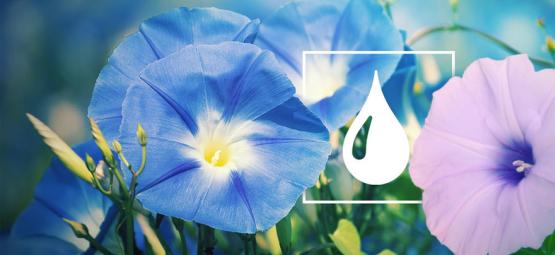
 4 min
24 September 2019
How to Extract LSA From Morning Glory Seeds & Hawaiian Baby Woodrose Seeds
Morning glory seeds and Hawaiian baby woodrose seeds are potent natural sources of the psychoactive substance LSA. Here is how to extract LSA from the seeds of the plants. ...
4 min
24 September 2019
How to Extract LSA From Morning Glory Seeds & Hawaiian Baby Woodrose Seeds
Morning glory seeds and Hawaiian baby woodrose seeds are potent natural sources of the psychoactive substance LSA. Here is how to extract LSA from the seeds of the plants. ...
-
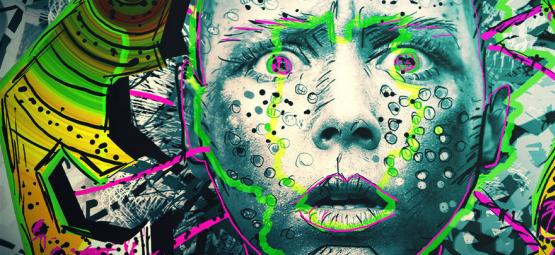
 4 min
5 February 2019
9 (Legal) Drugs That Will Induce a Psychedelic Trip
While most psychedelic substances are considered illegal in many countries, there are a few that buck the trend. From plants of the rain forest used for powerful psychedelic brews, to the mystical Mor ...
4 min
5 February 2019
9 (Legal) Drugs That Will Induce a Psychedelic Trip
While most psychedelic substances are considered illegal in many countries, there are a few that buck the trend. From plants of the rain forest used for powerful psychedelic brews, to the mystical Mor ...
-
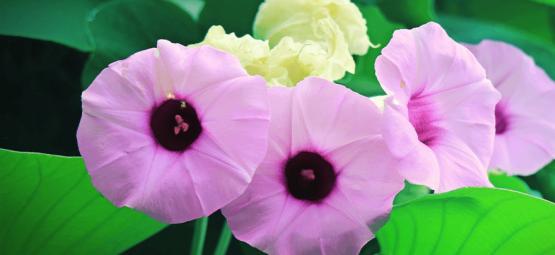
 1 min
26 July 2018
Meet Hawaiian Baby Woodrose: A Natural Psychedelic
LSA is an increasingly popular hallucinogen, and Hawaiian Baby Woodrose seeds are one of the best legal ways to get it. So what exactly are they? ...
1 min
26 July 2018
Meet Hawaiian Baby Woodrose: A Natural Psychedelic
LSA is an increasingly popular hallucinogen, and Hawaiian Baby Woodrose seeds are one of the best legal ways to get it. So what exactly are they? ...
-
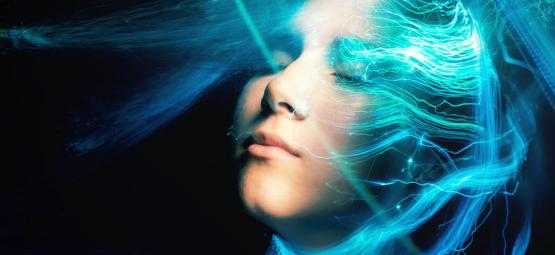
 3 min
20 August 2017
How Do Hallucinogens, Dissociatives And Delirium-Inducing Drugs Differ From Each Other
When most people think of trippy drugs, they automatically think of acid and shrooms. But this category of substances is actually very broad and encompasses a variety of different drugs that fall into ...
3 min
20 August 2017
How Do Hallucinogens, Dissociatives And Delirium-Inducing Drugs Differ From Each Other
When most people think of trippy drugs, they automatically think of acid and shrooms. But this category of substances is actually very broad and encompasses a variety of different drugs that fall into ...
Categories
-
Seed Shop
- Feminized Cannabis Seeds
- Autoflowering Cannabis Seeds
- Regular Cannabis Seeds
- F1 Hybrids
- CBD Seeds
- Zamnesia Seeds
- Top 10 Autoflowering Seeds
- Top 10 Regular Seeds
- Top 10 USA Cannabis Strains
- Top 10 Zamnesia Seeds
- Top 10 Feminized Seeds
- Beginner Strains
- Below 1% THC
- Classic Cannabis Strains
- Cup Winners
- F1 Hybrids
- Fast-Flowering Strains
- High CBD Strains
- High THC Strains
- Mix Packs
- Zamnesia Exclusive Collabs
- Amnesia Seeds
- Blueberry Seeds
- Cheese Seeds
- Diesel Seeds
- Gorilla Seeds
- Haze Seeds
- Kush Seeds
- Purple Seeds
- Skunk Seeds
- White Widow Seeds
- Zamnesia Seeds
- ACE Seeds
- Advanced Seeds
- Amsterdam Genetics
- Anesia Seeds
- Auto Seeds
- Barney's Farm
- Big Buddha Seeds
- Bomb Seeds
- BSB Genetics
- BSF Seeds
- Buddha Seeds
- Bulldog Seeds
- Cali Connection
- Cannarado Genetics
- CannaBioGen
- CBD Crew
- CBD Seeds
- Compound Genetics
- The Dank Seeds
- Dark Horse Genetics
- Delicious Seeds
- Devil Harvest Original
- Dinafem
- DNA Genetics
- Doctor's Choice
- Dr. Underground
- Dutch Passion
- Elite Seeds
- Eva Seeds
- Exotic Seed
- Expert Seeds
- FastBuds
- Female Seeds
- Fenocan
- Flash Auto Seeds
- French Touch Seeds
- Garden of Green
- GeneSeeds
- Genehtik Seeds
- G13 Labs
- Grass-O-Matic
- Greenhouse Seeds
- Grow Your Own (DNA)
- Growers Choice
- Homegrown Fantaseeds
- House of the Great Gardener
- Humboldt Seed Company
- Humboldt Seed Organization
- Kalashnikov Seeds
- Kannabia
- The Kush Brothers
- Light Buds
- Little Chief Collabs
- Medical Seeds
- Ministry of Cannabis
- Mr. Nice
- Nirvana Seeds
- Original Sensible
- Paradise Seeds
- Perfect Tree
- Pheno Finder
- Philosopher Seeds
- Positronics Seeds
- Purple City Genetics
- Pyramid Seeds
- Rare Dankness
- Reggae Seeds
- Reserva Privada
- Resin Seeds
- Ripper Seeds
- Royal Queen Seeds
- Sagarmatha Seeds
- Samsara Seeds
- Seedstockers
- Sensation Seeds
- Sensi Seeds
- Serious Seeds
- Silent Seeds
- Soma Seeds
- Spliff Seeds
- Strain Hunters
- Sumo Seeds
- Super Sativa Seed Club
- Super Strains
- Sweet Seeds
- T.H. Seeds
- Top Tao Seeds
- Vision Seeds
- VIP Seeds
- White Label
- World Of Seeds
- Zativo Seeds
- Seed Banks
-
Headshop
-
Vaporshop
-
Healthshop
-
Smartshop
- Top 10 Smartshop
- Zamnesia Gift Cards
- After Party
- Aphrodisiacs
- Aromatherapy
- Blue Lotus
- CBD Vape Juice
- Capsule Machines
- Crystals, Gemstones & Minerals
- Dream Herbs
- Drug Tests
- Extracts
- Happy Caps
- Herbal Tea
- Herbs & Seeds
- Incense
- Kanna
- Kratom
- LSA Seeds
- Mescaline Cacti
- Microdosing
- Nootropics
- Relaxing
- Salvia divinorum
- Smart Seeds
- Stimulants
- Supplements
- Tinctures
- Vape Herbs
-
Shroomshop
-
Growshop
- Top 10 Growshop
- Top 10 Plant Seeds
- All Seeds
- Cacti
- Chilli & Pepper Seeds
- Companion Plants
- Edible Plant Seeds
- Exotic Seeds
- Flower Seeds
- Fruit Seeds
- Herb Seeds
- Interior Plant Seeds
- Microgreens
- Psychoactive Plant Seeds
- Sprouting
- Vegetable Seeds
- Wellness Plant Seeds
- After Harvest
- Climate Control
- Fertilizer
- Grow Tents
- Harvest, Dry & Cure
- LED Grow Lights
- Plant Seeds
- Propagation
-
Merchandise
-
Sale section
Account
Information
Our Offers
Our website won't work without these cookies activated. Therefore functional cookies can't be disabled.



















